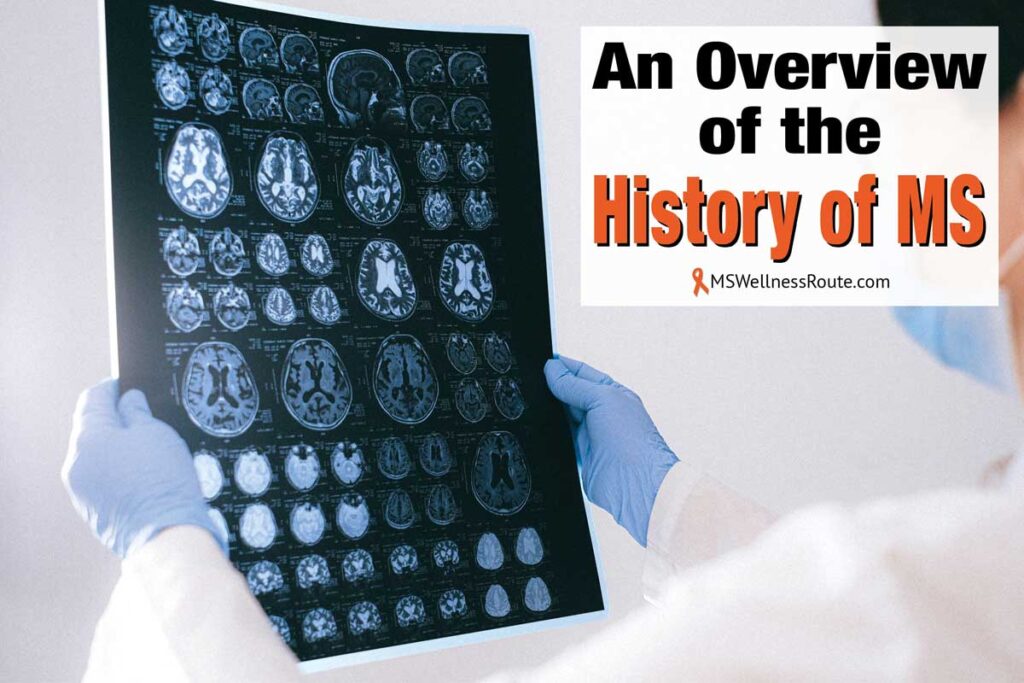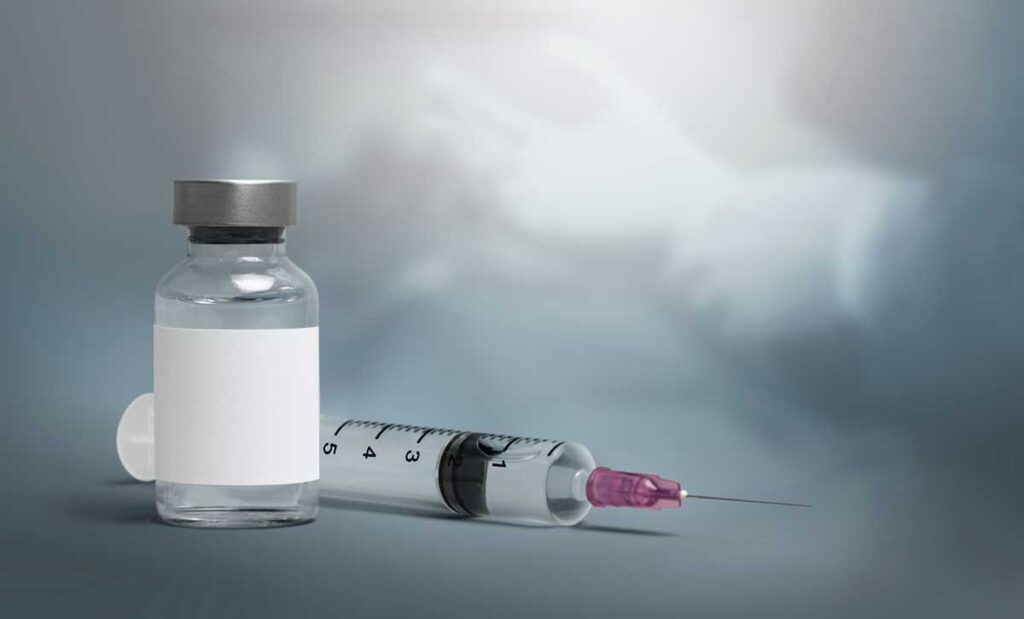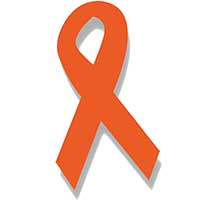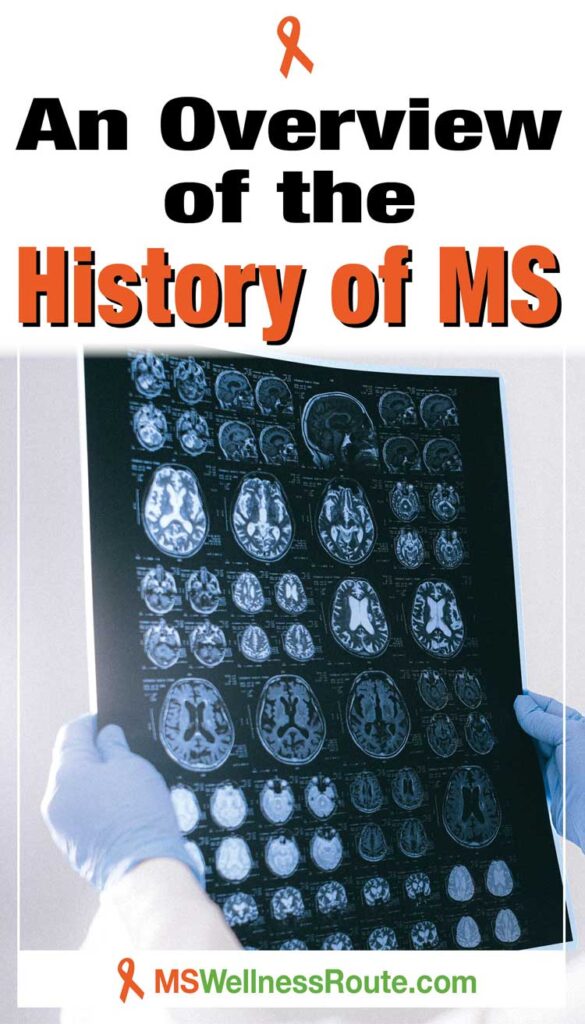
Multiple sclerosis (MS) is a chronic neurological disease. It affects the central nervous system (CNS). Which includes the brain, spinal cord, and optic nerves. The history of MS can be traced back to the 14th century. A physician Giovanni Battista Morgagni described the symptoms of a man who he believed had a spinal cord lesion. However, it wasn’t until the 19th century that the disease was recognized as a distinct clinical entity.
Today, doctors say MS is an autoimmune disorder. They believe the immune system attacks and damages the myelin sheath. Myelin surrounds and protects nerve fibers in the CNS. Like the plastic covering around electrical wires.
A 2022 study stated Epstein-Barr virus (EBV) is the main cause. If this is the case, MS is not an autoimmune disease but a viral infection. However, EBV is not the only factor. Nearly 95% of all adults worldwide have EBV but only a small percentage have MS. That leaves us with the exact cause of MS is still unknown.
History of MS

In 1868, the French neurologist Jean-Martin Charcot gave the disease its name. He made significant contributions to its diagnosis and understanding. He described MS as a chronic, progressive disease that affects young adults. With symptoms, including vision problems, muscle weakness, and coordination difficulties.
In the early 1900s, researchers began to use electroencephalography (EEG) to study MS. Around 1925 scientists suspected that some form of toxin or poison caused MS.
In the 1940s and 1950s, researchers discovered corticosteroids. They started using them to reduce inflammation and reduce symptoms.
Before MRIs, doctors used a “hot bath” test to diagnose someone with MS. If they thought a person might have MS the doctor would immerse them in a hot tub of water. If neurologic symptoms became visible this was evidence the person had MS.
In the 1960s and 1970s, advances in immunology led to a better understanding of MS. Although they still believed the cause of MS could be a virus. But, instead of the virus damaging the CNS, it altered the immune system which damaged the myelin.
In the 1980s, magnetic resonance imaging (MRI) became the tool for diagnosing MS. It allowed for the detection of lesions in the CNS.
MS Medications

The 1990s is when the first medications came out to treat MS. Prior to that, treatment options for MS focused on managing symptoms. This is what today’s MS medication still does, they manage the disease.
The first three drug-modifying treatments (DMTs) for MS were interferons. They were known as the “A-B-C” drugs because of their brand names: Avonex®, Betaseron®, and Copaxone®. In 2002, the U.S. Food and Drug Administration (FDA) approved another medication called Rebif®. In the MS circles, they called the C-R-A-B drugs.
Today there are several medications to treat MS. However, these treatments are not able to stop the destruction of nerve tissue. They are only used to slow the progression of the disease.
Plus, they come with horrible side effects such as:
- Injection site reactions
- Flu-like symptoms
- Nausea and vomiting
- Fatigue
- Headache
- Dizziness
- Increased risk of infection
- Liver damage
- Changes in blood cell counts
- Depression and suicidal thoughts
- Cardiac problems such as an abnormal heart rhythm
- Anaphylaxis (a severe allergic reaction that can be life-threatening)
- Increased risk of infection
- Progressive multifocal Leukoencephalopathy (PML), a serious brain infection
- Death
Other conventional MS treatments:
- Chemotherapy (Mitoxantrone previously known as Novantrone)
- Corticosteroids
- Low-dose naltrexone (LDN)
- Muscle relaxants
- Physical and speech therapy
Alternative Treatments for MS

Besides traditional treatments, there are alternative treatments many people with MS try. As many as 80 percent of people with MS choose a non-traditional therapy to help manage their MS.
Alternative treatments to help manage MS symptoms include:
- Acupuncture
- Biotechnology (BioCharger, Taopatch, etc.)
- Cannabis/marijuana
- Chiropractic
- Essential oils
- Exercise
- Fish oil
- Food and diet
- Hematopoietic stem cell transplantation (HSCT)
- High dose vitamin D
- Infrared light or sauna
- Massage
- Meditation
- Neuroplasticity (training the brain to go around the MS damage)
- Pulsed electromagnetic field therapy (PEMF)
- Reflexology
- Stress management
- Supplements
- Therapeutic hypothermia (cooling therapy)
Living With MS Today

Today, MS remains a challenging disease to diagnose and treat. Knowing the cause of MS is due to environmental factors, including EBV.
“EBV can replicate in the CNS and disrupt the integrity of the blood-brain barrier (BBB).” – Frontier
EBV can directly infect neurons and release neurotoxins. It invades and hides in B cells. EBV can interact with host cells to induce CNS inflammation. This leads to the onset of an MS diagnosis. However, EBV is not the only factor when it comes to MS. Each person is different so it depends on what they are experiencing. Until they find a cure you need to take action to stop the progression of MS.
Other possible factors include:
- Bacteria
- Chronic stress
- Heavy metals
- Methylation issues
- Mold
- Other viruses such as shingles or HHV-6
- Toxic chemicals
- Vitamin deficiency such as B12 or D, I used Liquid B12 and Vegan D3
- Yeast
With MS, your body has too many neurotoxins in its system. Neurotoxins kill neurons (nerve cells). Neurons send and process signals in the brain and other parts of the nervous system.
Diet and Lifestyle

It is critical to eat a clean diet and live a healthy lifestyle. Avoid foods that increase inflammation such as:
- Dairy
- Gluten
- Corn and soy (it’s mostly a GMO)
- Heavily processed foods
- Refined sugar and carbohydrates
- Artificial coloring and sweeteners
- MSG
- Refined oils such as canola oil
Instead, eat real food like fruits, vegetables, herbs, nuts, and seeds. If you eat meat avoid farmed fish and pork. Choose healthy meats such as:
- Wild-caught fish
- Pasture-raised poultry
- Grass-fed meats
Avoid caffeine, vinegar, eggs, and gluten-free grains to help your body heal faster. Lower your fat intake and increase your fiber. Drink enough water to stay hydrated and flush out toxins.
Get enough sleep, and exercise, if you smoke stop, lower your stress, and stay positive. Take supplements such as vitamins B12, MicroC, and MythleGuard. Include antivirals such as Cat’s Claw, Lemon Balm, and Ultra-VirX.
An Overview of the History of MS

Living with MS is not easy and it’s easy to get discouraged. As you work on healing your body there will always be setbacks. Remember healing the central nervous system is one of the slowest systems to heal.
MS is a hard disease to live with. Depression, fear of falling, and losing your quality of life become normal. Sometimes friends disappear too, not that they don’t want to be friends anymore. But maybe you can’t do the things you once could.
It’s too easy to get discouraged when it feels like MS is taking your life away. But, you are more than your diagnosis. While MS can be a significant part of your life, it doesn’t define you as a person.
You have unique talents, interests, and experiences that make you who you are. It’s important to celebrate those things and find joy and fulfillment in them.
Don’t let MS steal your spirit. Eat healthy, exercise, get good quality sleep, and be nice to yourself.

Free Wellness Library!
Subscribe for free and I’ll send you the password to my secret library filled with many printables for your wellness journey.
Want to remember this health tip? Pin it to your Pinterest board!

Resources:
https://www.mdpi.com/2227-9059/10/4/815
https://www.frontiersin.org/articles/10.3389/fneur.2021.754270/full
https://www.nature.com/articles/sc198730.pdf
https://www.ncbi.nlm.nih.gov/pmc/articles/PMC1142241/
https://mymsaa.org/ms-information/overview/history/
https://mstrust.org.uk/a-z/history-ms
https://www.nature.com/articles/sc198730.pdf
https://www.ncbi.nlm.nih.gov/pmc/articles/PMC8059607/
https://www.frontiersin.org/articles/10.3389/fmolb.2021.816098/full
https://www.ninds.nih.gov/health-information/disorders/neurotoxicity
Photos from Pixabay.com, Image by rawpixel.com on Freepik, Image by Freepik, Image by timolina on Freepik, Image by Will Eames from Pixabay, Image by Peace,love,happiness from Pixabay.
An Overview of the History of MS





